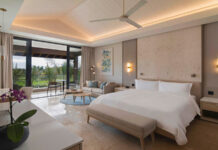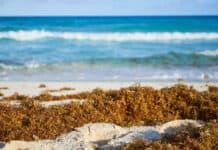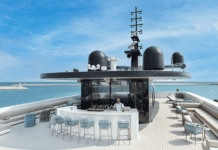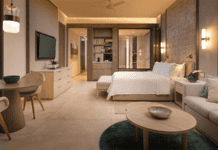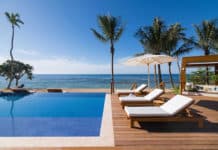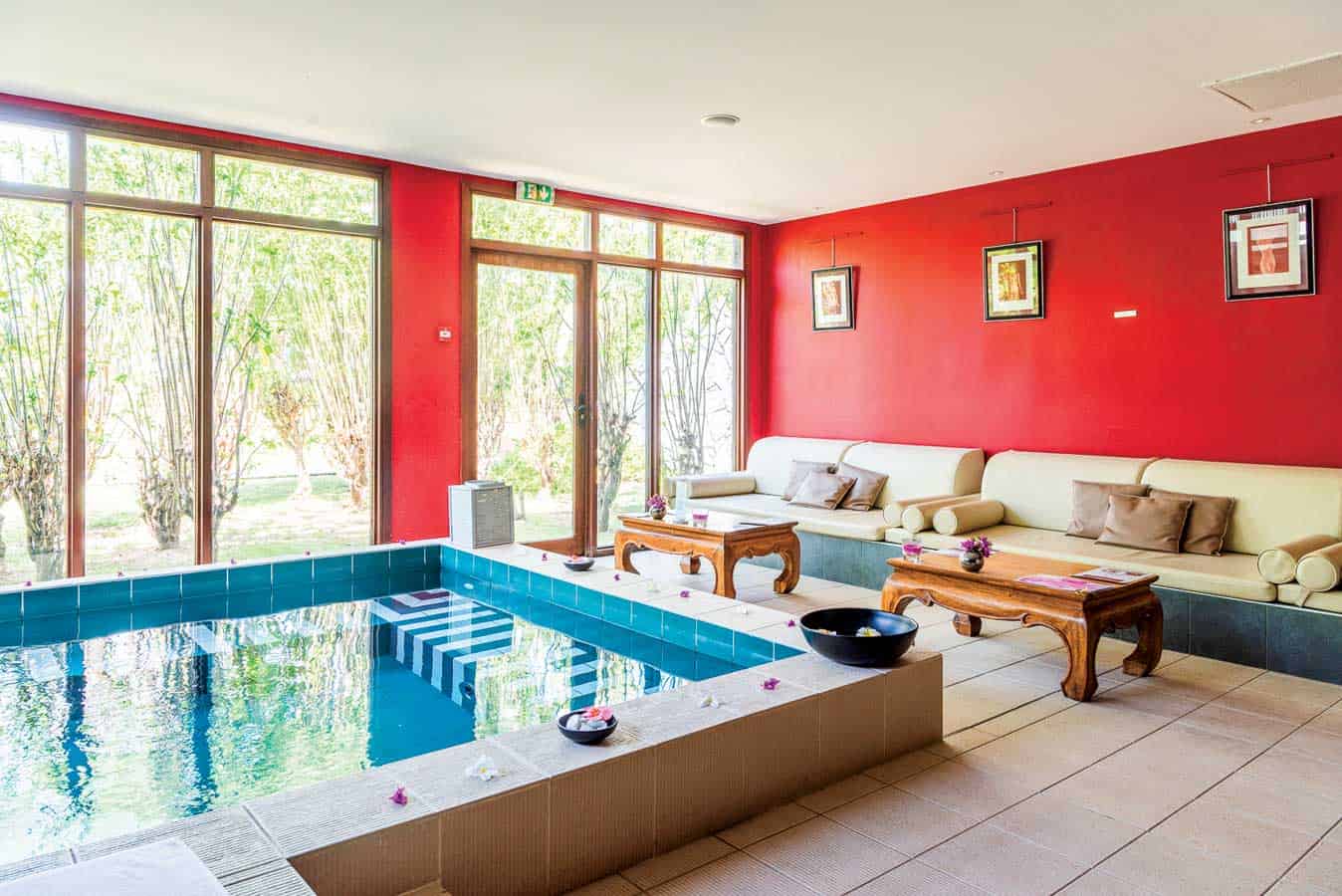 The fragrant scents wafting through the air on the island of Martinique have garnered the nickname, “The Isle of Flowers.” But those aren’t the only aromas that will draw groups to its rugged shores.
The fragrant scents wafting through the air on the island of Martinique have garnered the nickname, “The Isle of Flowers.” But those aren’t the only aromas that will draw groups to its rugged shores.
Here, in the Lesser Antilles, traditional French fare and Creole cuisine—a fusion of flavors from Africa, the Caribbean, and India—entice the senses, which is then happily cleansed by the island’s large selection of rum. The Depaz Distillery offers free rum tastings to groups with flavors that pull from its location at the edge of the bay of Saint-Pierre and the foot of Mont Pelee. Some of the finest sugar cane has grown here for the past four centuries. Likewise, La Favorite Distillery’s white rum is rumored to be the sweetest in Martinique, with citrus aromas that dance on the palates of connoisseurs. The elegant turquoise rum of Trois Rivieres distillery, meanwhile, is one of the oldest on the island, founded in the 17th century by the minister of King Louis XIV.
Within and offshore of the historic city of Saint-Pierre, a.k.a., the “Pompeii of the Caribbean” thanks to towering Mount Pelee that destroyed the city more than a century ago, is a wellspring of experiences for groups. On the East Coast of the island, diving for treasure among shipwrecks and snorkeling alongside turtles, dolphins, vibrant coral and tropical fish are popular incentives. The globally-inspired Cap Est Lagoon Resort & Spa faces the reef here, and is a haven for retreats of up to 80 attendees. Hotel Bakoua is another upscale option for groups that faces the sea, with the backdrop of the Pitons du Carbet Mountains. Excursions to the colorful city of Fort-de-France for museum visit, as well as a brush with locals and local spices, vanilla, rums, peyi vegetables can also be arranged.
Lastly, as an overseas region of France, Martinique’s culture reflects a distinctive blend of French and West Indian influences. Groups can participate in heritage experiences across the island, whether a visit to the gardens of Jardin de Balata designed by a local horticulturist and edged by traditional Creole architecture, a walk among the ruins of Le Chateau Dubuc or perusing the candles and honey made by the monks at Notre Dame Du Mont Des Oliviers.




